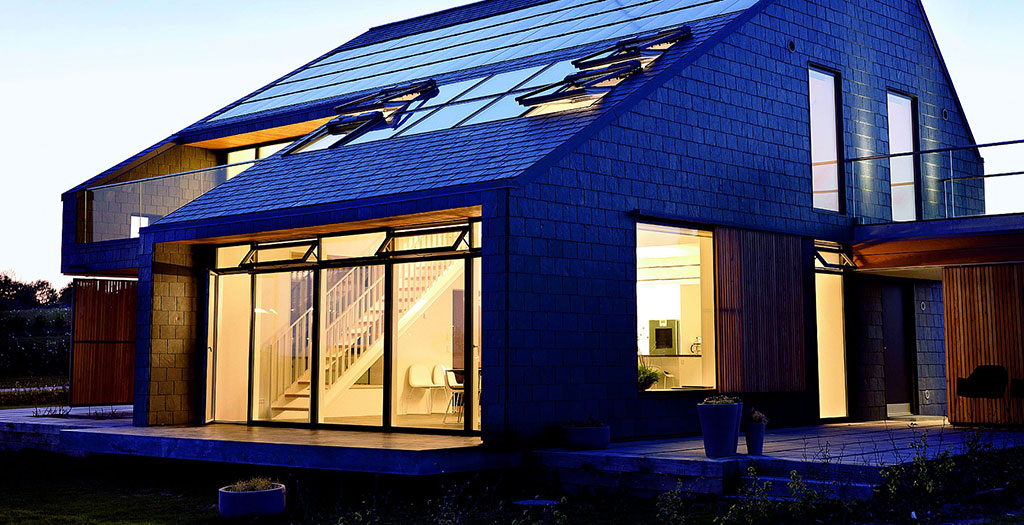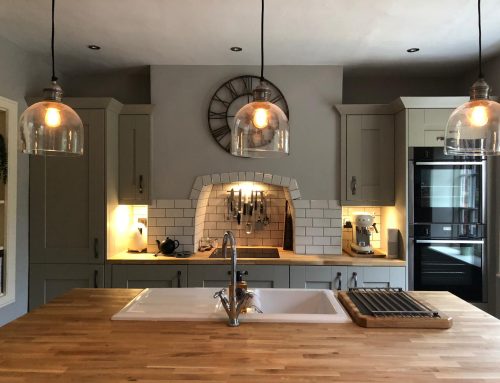[av_one_full first min_height=” vertical_alignment=” space=” row_boxshadow=” row_boxshadow_color=” row_boxshadow_width=’10’ custom_margin=” margin=’0px’ mobile_breaking=” border=” border_color=” radius=’0px’ padding=’0px’ column_boxshadow=” column_boxshadow_color=” column_boxshadow_width=’10’ background=’bg_color’ background_color=” background_gradient_color1=” background_gradient_color2=” background_gradient_direction=’vertical’ src=” background_position=’top left’ background_repeat=’no-repeat’ highlight=” highlight_size=” animation=” link=” linktarget=” link_hover=” title_attr=” alt_attr=” mobile_display=” id=” custom_class=” aria_label=” av_uid=’av-suku’]
[av_image src=’https://217.199.187.192/phihome.co.uk/wp-content/uploads/2020/08/energy-efficient-house.jpg’ attachment=’1418′ attachment_size=’full’ copyright=” caption=” styling=” align=’center’ font_size=” overlay_opacity=’0.4′ overlay_color=’#000000′ overlay_text_color=’#ffffff’ animation=’no-animation’ hover=” appearance=” link=” target=” id=” custom_class=” av_element_hidden_in_editor=’0′ av_uid=’av-kd04l6f2′ admin_preview_bg=”][/av_image]
[av_hr class=’invisible’ icon_select=’yes’ icon=’ue808′ font=’entypo-fontello’ position=’center’ shadow=’no-shadow’ height=’50’ custom_border=’av-border-thin’ custom_width=’50px’ custom_margin_top=’30px’ custom_margin_bottom=’30px’ custom_border_color=” custom_icon_color=” id=” custom_class=” av_uid=’av-kd04ks2s’ admin_preview_bg=”]
[av_textblock size=” av-medium-font-size=” av-small-font-size=” av-mini-font-size=” font_color=” color=” id=” custom_class=” av_uid=’av-kby1o1aa’ admin_preview_bg=”]
How to improve Energy Efficiency in your Home by SEA (Suffolk Energy Assessment)
[/av_textblock]
[av_hr class=’invisible’ icon_select=’yes’ icon=’ue808′ font=’entypo-fontello’ position=’center’ shadow=’no-shadow’ height=’20’ custom_border=’av-border-thin’ custom_width=’50px’ custom_margin_top=’30px’ custom_margin_bottom=’30px’ custom_border_color=” custom_icon_color=” id=” custom_class=” av_uid=’av-kby1tih3′ admin_preview_bg=”]
[av_textblock size=” av-medium-font-size=” av-small-font-size=” av-mini-font-size=” font_color=” color=” id=” custom_class=” av_uid=’av-kby1n9og’ admin_preview_bg=”]
An energy audit can help you to increase the energy efficiency and comfort of your home, lower utility bills, reduce carbon emissions, improve the indoor climate, and extend your property’s durability.
Energy Efficiency
Clients commission energy audits for a variety of reasons. In one case, an area of a large, traditional property had been proving hard to keep warm, relative to the rest of the house. Using thermal imaging, we were able to identify significant heat loss from several floor-wall and wall-roof junctions and made recommendations for improvement that were appropriate to the age of the property.
Environmental Improvements
A client wished to reduce the carbon emissions from his family home, which at the time were more than three times the national average. He was also considering integrating a renewable heating system, for which he commissioned an adjunct feasibility assessment. Our audit report detailed building fabric improvements that, if implemented, would cut his property’s energy consumption and its carbon emissions by almost 40%. We also found that, through integrating a suitably sized biomass heating system alone, his property could achieve a carbon emissions reduction of more than 80% and a primary energy savings of nearly 25%.
Heat Loss Reduction
Heat loss in buildings, such as air leakage through chimneys, attics, wall vents, and poorly fitted or badly sealed windows and doors, can account for up to 50% of a property’s total energy consumption. Thermal imaging can identify patterns of heat loss as well as highlight moisture ingress and areas of damp. We undertook an energy audit incorporating thermal imaging for a client whose rural cottage was hard, and expensive, to heat. Our thermal performance improvement recommendations, in this instance, focused on traditional, natural fibre-based insulation and sustainable refurbishment options, as the property was of traditional construction in which vapour permeability, for the control of condensation, is essential.
Energy Monitoring
For our client whose home was using more than three times the electricity that might be expected for a property of its size and occupancy level, we undertook, as part of an energy audit, an energy monitoring study. We recorded and monitored real-time usage data over a set period, identifying trends, and highlighting areas for further investigation. Having established that the property’s electricity meter’s record was accurate, we noted, first, that lighting represented a disproportionate use of energy and advised that significant reductions – up to 80% – could be achieved by replacing the traditional, inefficient lamps with energy-efficient equivalents. Second, we observed that multiple appliances were being left plugged in, on, or on standby, and estimated that this base load usage represented almost a third of total annual usage. Simple behavioural changes had the potential to affect significant savings here, too. Taken together, these two recommendations for improvement offered the client a 60% reduction in his property’s total energy usage.
Whether you are undertaking an energy audit of your property according to statutory requirements, environmental objectives, or simply with an eye on future energy prices, we offer a comprehensive and competitively priced range of energy management services, solutions, and support.
Information provided by Miles J. Anstes, Suffolk Energy Assessment (SEA).
CIBSE Low Carbon Consultant & Low Carbon Energy Assessor; Member of the AECB – the Sustainable Building Association; Member of the Green Register; Certified SAP Assessor / On Construction Energy Assessor; Accredited Energy Assessor.
[/av_textblock]
[/av_one_full]







Leave A Comment
You must be logged in to post a comment.